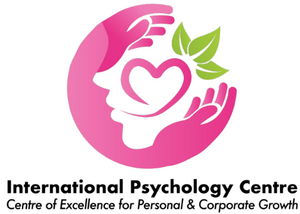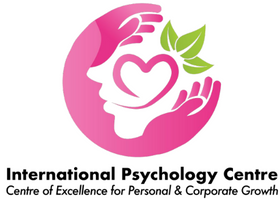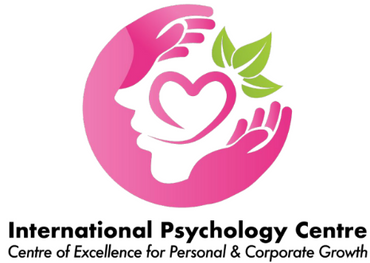Does your child struggle with school? Does he or she dread reading out loud, writing an essay, or tackling a math problem? While every kid has trouble with homework from time to time, if a certain area of learning is consistently problematic, it might indicate a learning disorder. By understanding all you can about learning disabilities, you can ensure your child gets the right help to overcome classroom challenges and succeed in life.
Learning disabilities, or learning disorders, are an umbrella term for a wide variety of learning problems. A learning disability is not a problem with intelligence or motivation. Kids with learning disabilities aren’t lazy or dumb. In fact, most are just as smart as everyone else. Their brains are simply wired differently. This difference affects how they receive and process information.
Simply put, children and adults with learning disabilities see, hear, and understand things differently. This can lead to trouble with learning new information and skills, and putting them to use. The most common types of learning disabilities involve problems with reading, writing, math, reasoning, listening, and speaking.
It can be tough to face the possibility that your child has a learning disorder. No parents want to see their children suffer. You may wonder what it could mean for your child’s future, or worry about how your kid will make it through school. Perhaps you’re concerned that by calling attention to your child's learning problems he or she might be labeled "slow" or assigned to a less challenging class.
But the important thing to remember is that most kids with learning disabilities are just as smart as everyone else. They just need to be taught in ways that are tailored to their unique learning styles. By learning more about learning disabilities in general, and your child’s learning difficulties in particular, you can help pave the way for success at school and beyond
The following checklist lists some common red flags for learning disorders. Remember that children who don’t have learning disabilities may still experience some of these difficulties at various times. The time for concern is when there is a consistent unevenness in your child’s ability to master certain skills.
Preschool signs and symptoms of learning disabilities
- Problems pronouncing words
- Trouble finding the right word
- Difficulty rhyming
- Trouble learning the alphabet, numbers, colors, shapes, days of the week
- Difficulty following directions or learning routines
- Difficulty controlling crayons, pencils, and scissors, or coloring within the lines
- Trouble with buttons, zippers, snaps, learning to tie shoes
Ages 5-9 signs and symptoms of learning disabilities
- Trouble learning the connection between letters and sounds
- Unable to blend sounds to make words
- Confuses basic words when reading
- Consistently misspells words and makes frequent reading errors
- Trouble learning basic math concepts
- Difficulty telling time and remembering sequences
- Slow to learn new skills
Ages 10-13 signs and symptoms of learning disabilities
- Difficulty with reading comprehension or math skills
- Trouble with open-ended test questions and word problems
- Dislikes reading and writing; avoids reading aloud
- Spells the same word differently in a single document
- Poor organizational skills (bedroom, homework, desk is messy and disorganized)
- Trouble following classroom discussions and expressing thoughts aloud
- Poor handwriting
Learning disabilities in reading (dyslexia)
There are two types of learning disabilities in reading. Basic reading problems occur when there is difficulty understanding the relationship between sounds, letters and words. Reading comprehension problems occur when there is an inability to grasp the meaning of words, phrases, and paragraphs.
Signs of reading difficulty include problems with:
- letter and word recognition
- understanding words and ideas
- reading speed and fluency
- general vocabulary skills
When it comes to learning disabilities, it's not always easy to know what to do and where to find help. Turning to specialists who can pinpoint and diagnose the problem is, of course, important. You will also want to work with your child's school to make accommodations for your child and get specialized academic help. But don't overlook your own role. You know your child better than anyone else, so take the lead in looking into your options, learning about new treatments and services, and overseeing your child's education.
- Learn the specifics about your child’s learning disability.
Read and learn about your child’s type of learning disability. Find out how the disability affects the learning process and what cognitive skills are involved. It’s easier to evaluate learning techniques if you understand how the learning disability affects your child.
- Research treatments, services, and new theories.
Along with knowing about the type of learning disability your child has, educate yourself about the most effective treatment options available. This can help you advocate for your child at school and pursue treatment at home.
- Pursue treatment and services at home.
Even if the school doesn’t have the resources to treat your child’s learning disability optimally, you can pursue these options on your own at home or with a therapist or tutor.
PsychoNutritional Therapy available at Optimum Well-Being Laboratories™ includes:
Related Services
Share To
Professional Certification Course (100% Online)
You can connect with a psychologist anytime, anywhere.
Click here to know more





